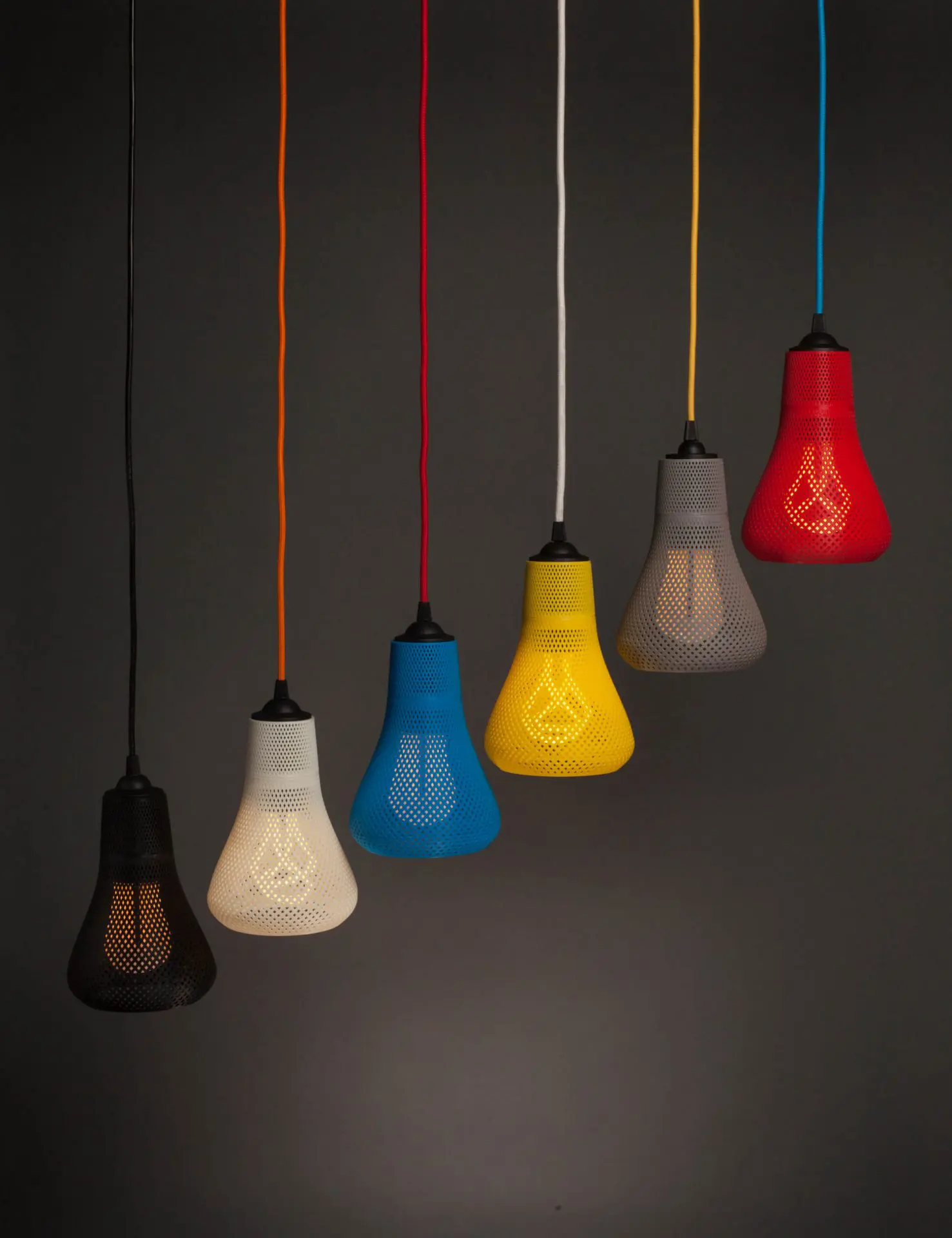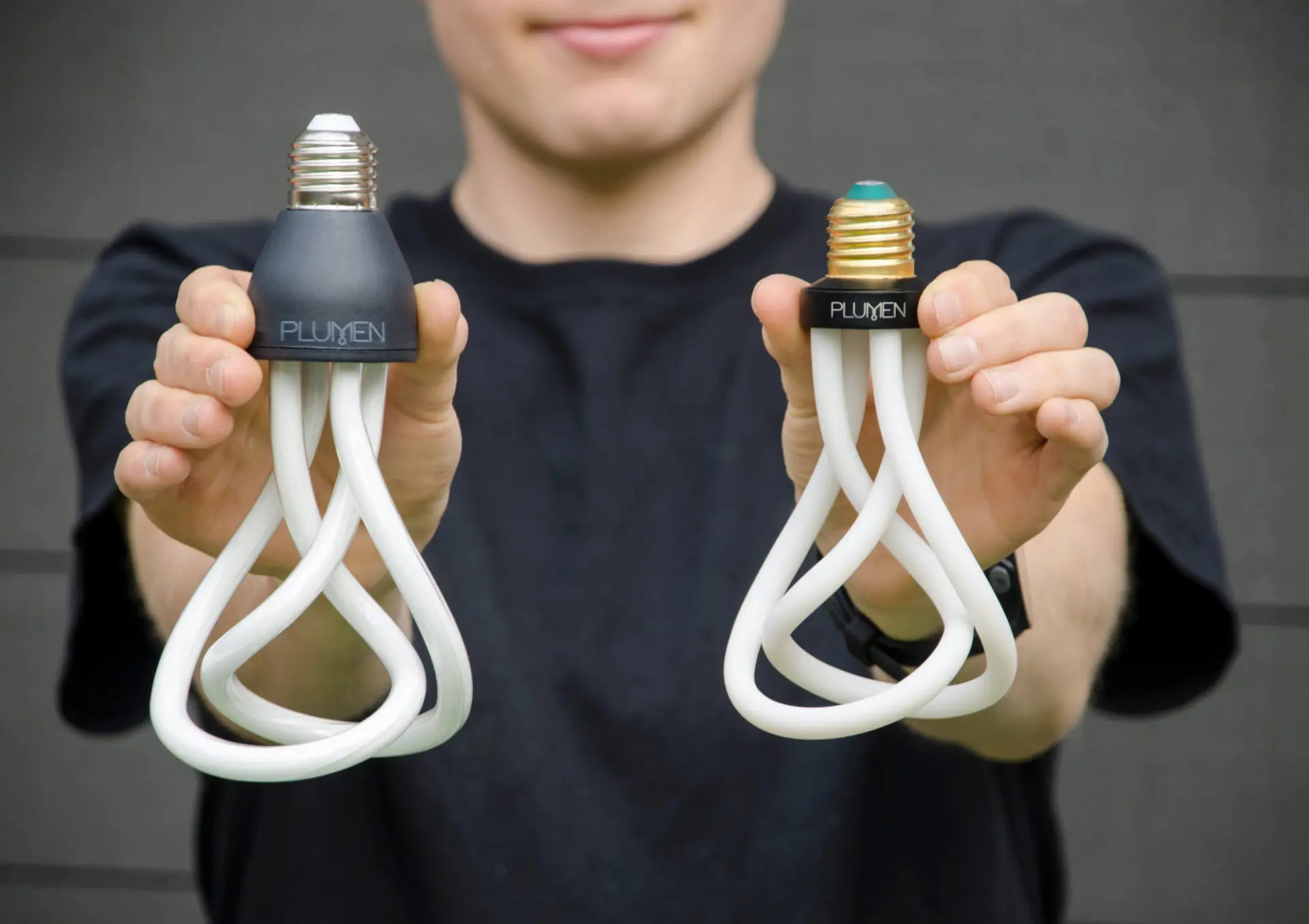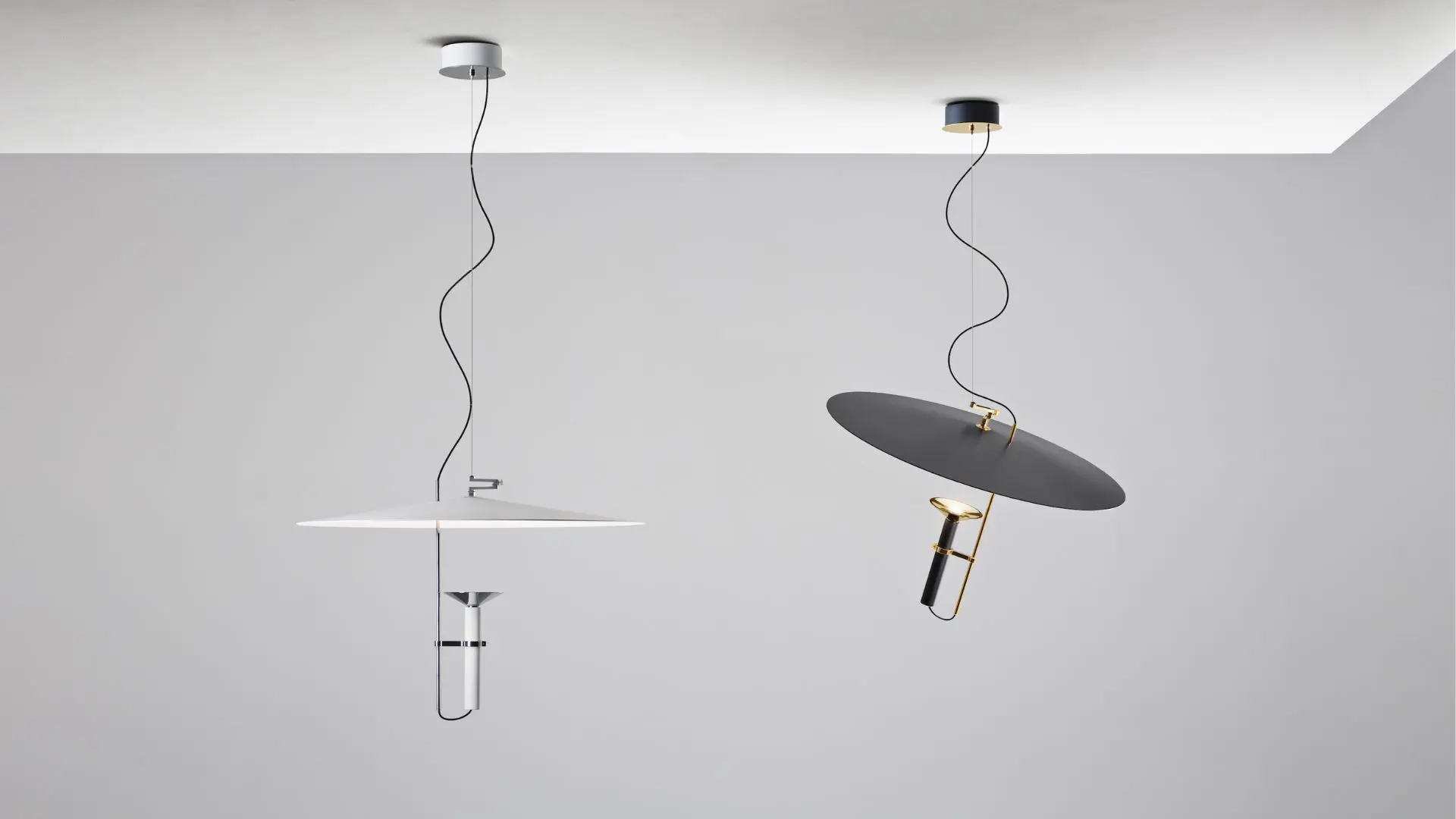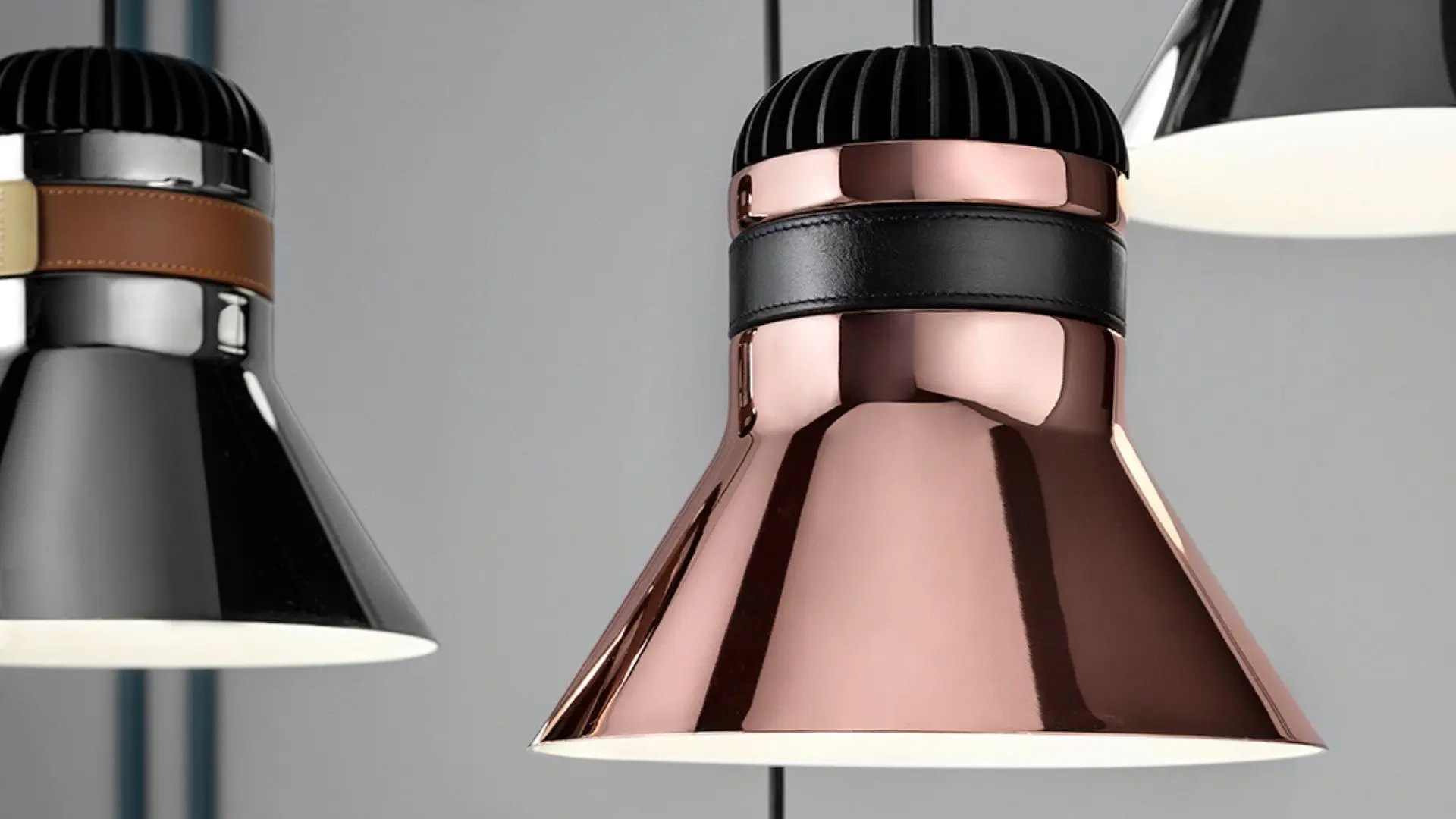The business of Lighting Design – Interview with Nik Roope, founder of Plumen
Read through and learn from Nik about the importance of a product’s ecosystem, the central role of storytelling for an effective marketing strategy: some precious advice for aspiring design entrepreneurs

As an early mover on aesthetic applications of low-energy consumption technology, Plumen develops outstanding light bulbs since 2010, transforming appliances into design objects with a highly decorative appeal beyond efficiency.
We spoke to Nik Roope, co-founder of the London based company Plumen, to discover what goes on behind the launch of a design business, especially within the lighting sectors, exploring its recent changes and what differentiates it from the rest of the design industry.
Read through and learn from Nik about the importance of a product’s ecosystem, the central role of storytelling for an effective marketing strategy: some precious advice for aspiring design entrepreneurs.

Looking back at the days where you were starting Plumen, what got you definitely convinced to launch the company?
Nicolas Roope:
“Plumen started because the stars aligned, created an important world-changing ambition and also an exciting commercial opportunity at the same time. The huge challenge with climate change was clear. We needed to reduce energy consumption. And lighting is a huge energy consuming category.
Regulations pushing consumers towards low energy product was starting, but it seemed like most people were resisting the change because new efficient lighting technology lacked the quality and charm of the incandescent, both in looks and performance and lighting experience.
We realised that to change this you needed new category behaviour, you needed a designer bulb to create a more coveted product with an aspirational status. If you created this you would entice these reluctant buyers and in doing so massively accelerate the adoption of low energy products, especially when the lighting industry saw and emulated our strategy.

Of course, there was a commercial opportunity in this change and even though we were rejecting the old model for lighting (regular product failure though built-in obsolescence = replacement revenue) we still believed the market in this new kind of lighting product could be significant with several billion bulbs in the world needing replacing, upgrading etc. We thought there was a way to use a product to change perceptions, change the world and build a business in the process.”
Plumen was born in 2010, how has the business design ecosystem changed in 10 years?
Nicolas Roope:
“The lighting business has changed a lot since we started. It has become a lot easier to innovate as the lighting suppliers around the world have figured out how important design and innovation are in creating attractive products for an ever-evolving market.
When we started it was very challenging to get factories to try new things and to handle orders below a huge quantity. Today it is much easier to push product development to create new products, the technology is a lot better, cheaper, more versatile and the order quantities are much lower. So more speed and flexibility, less capital tied up in huge stock volumes etc.

Of course, this also leads to more competition but we see this as a positive outcome because it is driving the adoption of efficient tech faster and faster. Here’s a good reference.
Social media has changed dramatically too and not always for the better.
When we started the platforms were still quite immature but when you had a great story to share you would reach a very large audience very cheaply and effectively. Today it is much harder as all the platforms have done a very good job monetising distribution by making it harder to reach people organically.”
Plumen’s light bulbs and lamps are high-quality, innovative and accessible but not cheap. What have been the most successful business strategy so far?
Nicolas Roope:
“Our strategy has really been to make remarkable products and assume that network media and the combination of our environmental ambitions and our innovative design approach would continue to fuel awareness, support and desire.
The reality is that we need to develop our marketing capability more, as we’re now in a crowded space and many in the community aren’t aware of our pioneering legacy and thus we need to invest more and work harder to spread the good word of Plumen.”

The fair Euroluce 2019 in Milan welcomed over 300’000 visitors and 500 exhibitors. Within the design industry as a whole, what makes the lighting sector unique?
Nicolas Roope:
“The technology changes in lighting are having a profound effect and the change is accelerating. The lighting industry describes the shift to LED as “digitisation’. The move from analogue (tungsten) to digital (the LED). And the parallel doesn’t stop with the definition.
This “digitisation” has been as profoundly disruptive as it has in other industries because it rewrites the rules for lighting bottom up. Of course we’re not just talking about the shift to LED, with its’ growing palette of formats, colours, textures etc we’re also talking about how being digital also incorporates new opportunities for control, animation and thus establishing very different relationships to the user, to the spaces in which they inhabit, to the role lighting has in our lives.
The effects I see in Euroluce are still nascent but I can see them everywhere. The decorative lighting industry at large have been woefully slow in their sustainability ambitions, but seem to show a lot more responsiveness when efficient technology gives as competitive advantage although the net outcome is the same (i.e. less energy consumed)
But I think the really exciting things haven’t happened yet in lighting. But will certainly happen in the next decade as the technology matures, as consumers develop their expectations and as regulation finally squeezes out the last few inefficient offenders.”

Plumen recently launched a new lamp named Milky: what are the 3 things everyone should know about it?
Nicolas Roope:
“Here they are:
- This unique finish in LED bulbs creates a consistent illuminated Milky dome, but clearly shows the lit element, floating in the void.
- When turned on the element appears in white misty space, as though by magic.
- The bulbs last 15 years of average use so you won’t need to get the ladders out for some time once you’ve built that stunning chandelier!”
The success of a design company is determined by a combination of factors, some are not visible but crucial. What should aspiring design entrepreneurs be well aware of, before launching a new product?
Nicolas Roope:
“The thing to be very conscious of is where the hook is in your story. And whether the effect of this hook is short or long term, deep or shallow. The world is full of viral hits and noisy ephemera. But what headlines create enduring connections?
So, at Plumen, when we write our launches we’re always conscious to find the heart of the idea and try to keep the story as close to this as we can. The more a product’s true strengths resonate with the buyer, the happier they’re going to be when they become an owner.

In the networked world advocacy is more potent than ever and so really building up from giving customers the best experience they can have with the product is a sensible way to go.
It’s easy but also expensive to make impressive advertising.
You have to build advocacy one customer at a time but then your brand has much greater strength and every positive message created from this doesn’t cost you a dollar.
The other aspect is understanding how your products exist in the ecosystem.
In our case, we make bulbs that go into other designers shades and accessories. We need them to realise how our products add new stories to theirs, adds new prospective customers who like the unique combinations created.
So we’re always conscious to show potential partner products to kick-start this process. The more designers who we what we’re doing as ‘ingredients’ the more they’ll try our bulbs and discover some amazing couplings that build new stories, new commissioners, new distribution.
Most industries operate as ecosystems so it’s important to understand where you and your products sit and how they can be additive to ensure a fit.”














